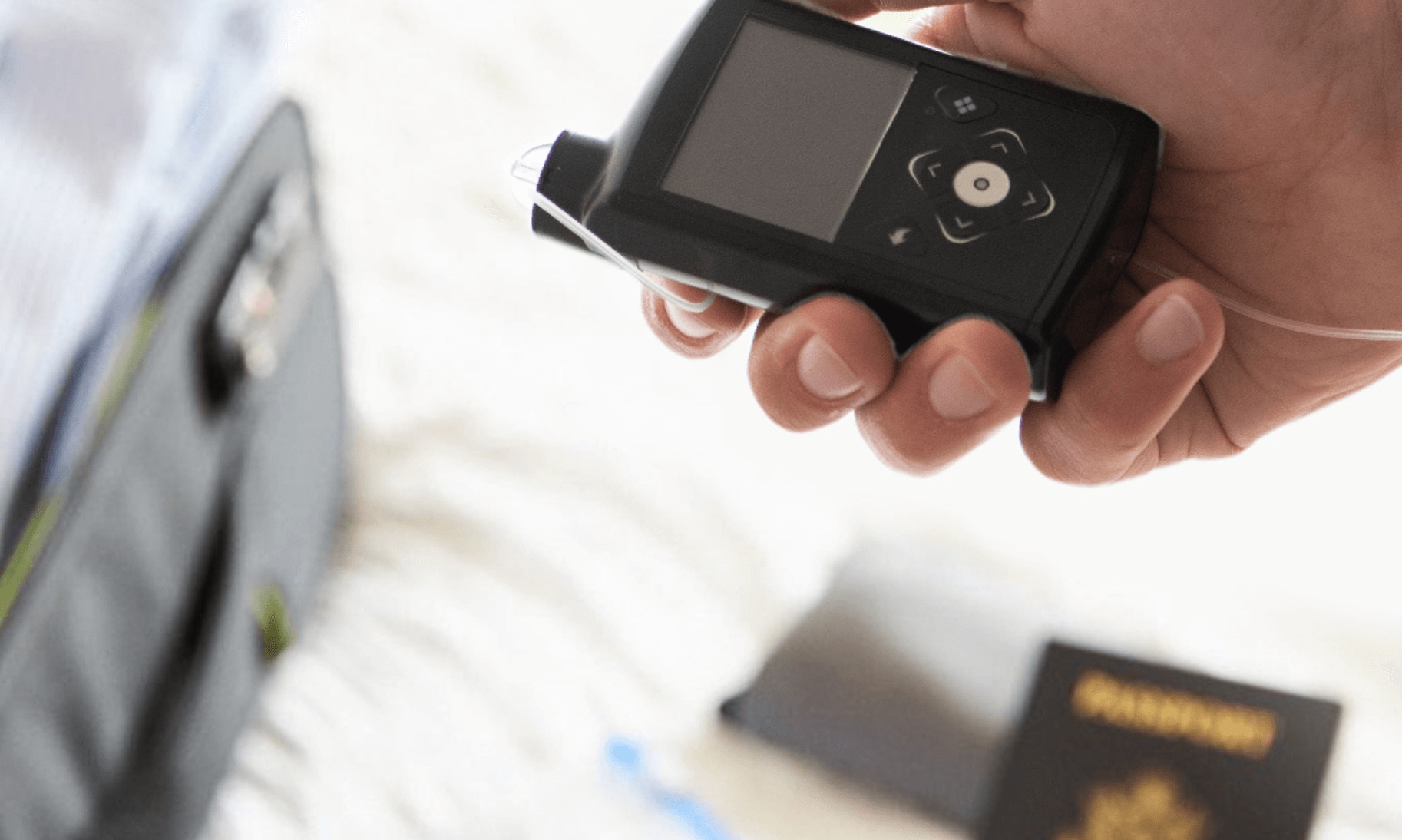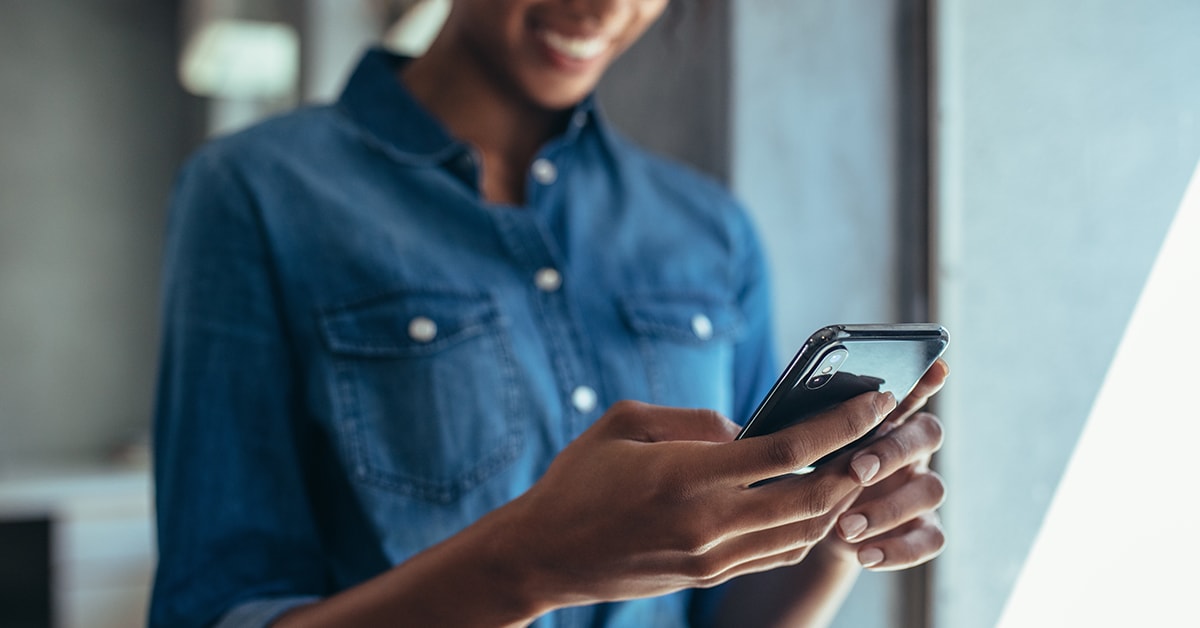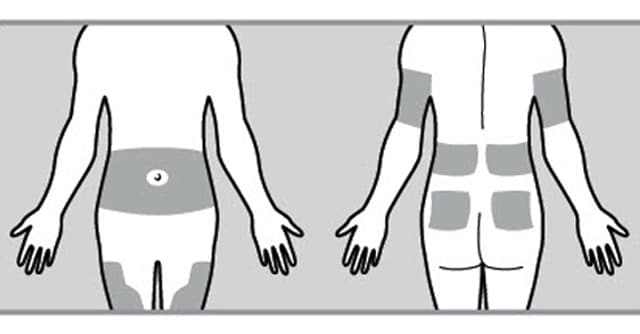Top ten tips for traveling

Summer is here and it’s time for many of us to hit the road – or air. Traveling with diabetes and an insulin pump can be daunting at times, but it shouldn’t keep you from exploring. Before you set out to satisfy your wanderlust, check out our answers to the top questions we receive about traveling with an insulin pump and/or continuous glucose monitor (CGM).
Bon voyage!
Q. What should I pack?
A. This goes without saying for all you experienced travelers, but it’s good to pack extras of everything– insulin, infusions sets, sensors, reservoirs, alcohol swabs, sensor tape, extra compatible batteries for your pump, and even syringes in cases of emergency. The mentality is, “it’s better to have more of what you need, than not enough.” Check out our full travel checklist here. Pack most of your supplies in your carry-on if you’re able, with any snacks or glucose tabs you’re planning to bring. Some people with diabetes recommend storing supplies in a few different places (like splitting in between your carry-on and your checked luggage) to cover your bases in the event something should happen. You might like some of these Myabetic accessories to help keep everything organized.
Q. Can go through security wearing my pump or CGM?
A. You do not need to remove your insulin pump or CGM if you’re going through common security systems like a metal detector. However, you do need to remove your insulin pump if you’re going through one of the airport body scanners. Never send your pump through an x-ray machine or body scanner as it may damage the part of the pump that regulates insulin delivery. Check out this handy chart for reference on which machines may cause interference with which devices.
Q. What else should I know about TSA and airport security?
A. Explain to the TSA agent that you are wearing a medical device before walking into a body scanner.
- Try to wear socks so your feet are protected if you’re asked to remove your shoes.
- Once you’ve removed your insulin pump and done the body scan, they will have you put your pump in your hands and then swab your hands. This process only takes a few extra seconds to complete.
- If you do not want to go through the TSA body scanner you can always request a visual inspection and pat down of your person and device.
Q. Can I use my CGM when flying?
A. Yes, if you wear a continuous glucose monitor (CGM) system, it is safe for use on U.S. commercial airlines. If you’re questioned by airline personnel about the use of your device, show them your airport emergency card. If you use a MiniMed™ 600 series insulin pump, you may experience an issue with the keypad becoming temporarily unresponsive when the atmospheric pressure around the pump increases or decreases rapidly. If this happens, in most cases you may not even notice because the pump will resolve this on its own.
Q. Should I bring a travel buddy?
A. It’s always good to have someone travel with you who knows you have diabetes, the signs of high and low blood glucose, and what to do in both scenarios. It’s really nice to know someone else is looking out for you. If you frequently travel alone, try getting a medical bracelet or ID necklace so people can assist you in case of an emergency. Be sure the medical ID has your name, diagnosis, address, allergies, phone number, and emergency contact. There are many online outlets where you can buy custom Medical IDs.
Q. How should I store my insulin?
A. If you’re flying to your destination, it’s best to bring your insulin in your carry-on, rather than your checked bag. If your insurance allows it, take one more bottle of insulin than you think you will need since you will likely have different eating and activity levels while on your trip. While on the road, many hotels provide you a mini fridge free of charge or at very low cost. Although your insulin does not need to be refrigerated, keeping it in the fridge reduces the chance of it getting too warm and becoming unusable. (Most insulin companies advise not to store it in temperatures over 86ºF, but check the label on the insulin you use.)
Q. What happens if something goes wrong with my device when I'm traveling?
A. If you’re traveling to Hawaii, Alaska, on a cruise, or internationally, you can request a backup pump to bring with you in cases of emergency with our Travel Loaner Program. Just be sure to fill out the form at least two weeks prior to your scheduled departure date. If you’re in the continental U.S. and you need support on your trip, call 1.800.646.4633.
Q. What do I do if I need Medtronic support while I’m outside the U.S.?
A. When traveling internationally, be sure to keep our contact number with you (1.818.576.5555) as well as contact information for our Worldwide Sales Office in the areas you’re visiting.
Q. Do I need to change the time on my insulin pump?
A. As you travel through different time zones, you might need to update the time on your insulin pump and blood glucose (BG) meter. With automated systems like the MiniMed™ 770G insulin pump (while in SmartGuard™ Auto Mode), you might not need to change the time. However, take note of your varied carb ratios and how they vary throughout the day. Speak with your healthcare team to get their advice on which settings and time adjustments will be best for you.
Q. Do you have any tips for traveling abroad?
A. If you’re traveling to a place where you don’t speak the language, translate a few key diabetes-related phrases like “diabetes,” “insulin,” or “I need juice” and write them down somewhere so you have them if needed. You can also download a translation app that can speak for you if you know you’ll have internet on your phone. The most important thing is to get out and travel. Don’t feel like you can’t travel—the world is an amazing place with so many beautiful things to see. Get out and enjoy your life and the world. Yes you have diabetes, but remember you control it—it does not control you!
IMPORTANT SAFETY INFORMATION
MINIMED™ 770G SYSTEM WITH SMARTGUARD™ TECHNOLOGY
The MiniMed™ 770G system is intended for continuous delivery of basal insulin (at user selectable rates) and administration of insulin boluses (in user selectable amounts) for the management of type 1 diabetes mellitus in persons two years of age and older requiring insulin as well as for the continuous monitoring and trending of glucose levels in the fluid under the skin. The MiniMed™ 770G system includes SmartGuard™ technology, which can be programmed to automatically adjust delivery of basal insulin based on continuous glucose monitoring (CGM) sensor glucose (SG) values and can suspend delivery of insulin when the SG value falls below or is predicted to fall below predefined threshold values.
The Medtronic MiniMed™ 770G system consists of the following devices: MiniMed™ 770G insulin pump, the Guardian™ Link (3) transmitter, the Guardian™ Sensor (3), one-press serter, the Accu-Chek® Guide Link blood glucose meter, and the Accu-Chek® Guide test strips. The system requires a prescription.
The Guardian™ Sensor (3) has not been evaluated and is not intended to be used directly for making therapy adjustments, but rather to provide an indication of when a fingerstick may be required. All therapy adjustments should be based on measurements obtained using a blood glucose meter and not on values provided by the Guardian™ Sensor (3).
All therapy adjustments should be based on measurements obtained using the Accu-Chek® Guide Link blood glucose meter and not on values provided by the Guardian™ Sensor (3). Always check the pump display to ensure the glucose result shown agrees with the glucose results shown on the Accu-Chek® Guide Link blood glucose meter. Do not calibrate your CGM device or calculate a bolus using a blood glucose meter result taken from an Alternative Site. It is not recommended to calibrate your CGM device when sensor or blood glucose values are changing rapidly, e.g., following a meal or physical exercise.
WARNING: Do not use the SmartGuard™ Auto Mode for people who require less than 8 units or more than 250 units of total daily insulin per day. A total daily dose of at least 8 units, but no more than 250 units, is required to operate in SmartGuard™ Auto Mode. |



